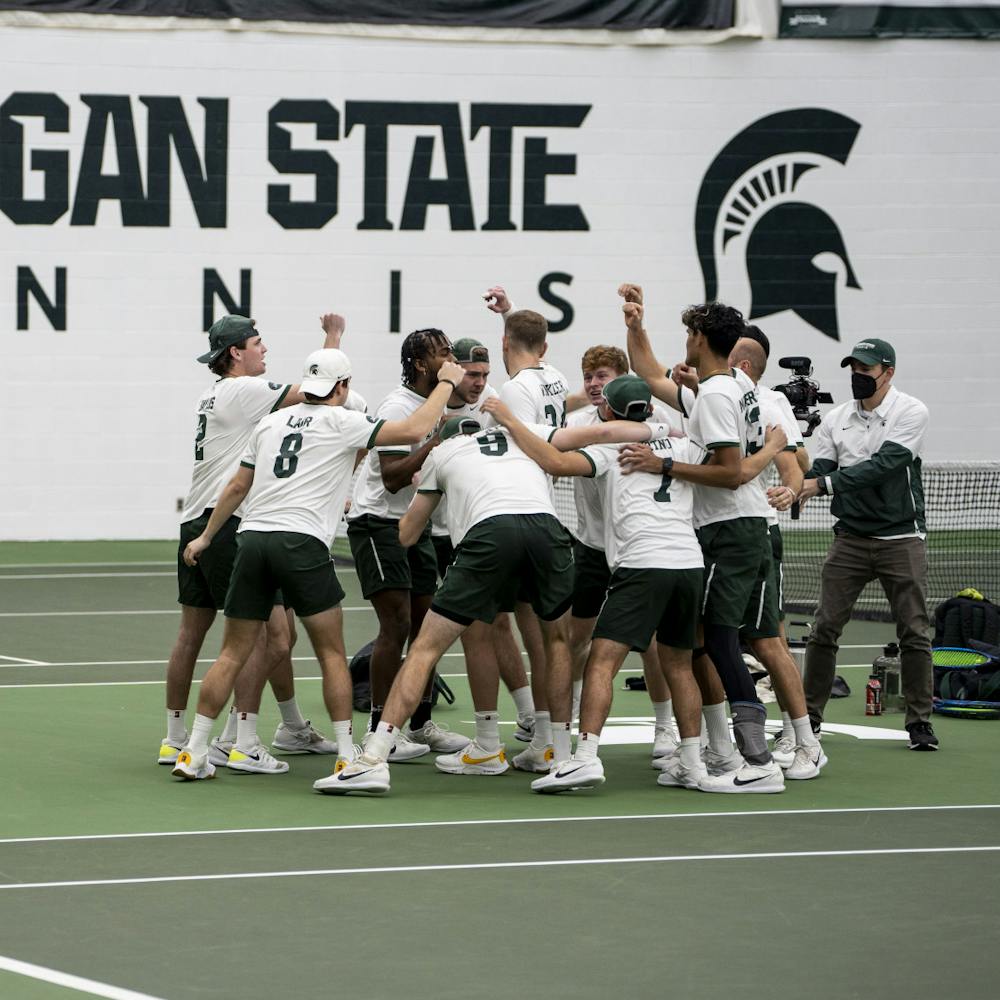I was deeply saddened and shocked to read Mitch Goldsmith’s rail against our local public zoo in Tuesday’s paper (“Vote ‘no’ on zoo millage extension” SN 11/2).
As a zoology student — with the goal of becoming a zookeeper in just such a zoo — I hate to think this is the image the general public holds about these facilities.
Goldsmith’s first point is about the “aged prison” of Potter Park Zoo. He also says we shouldn’t give them any money. Zoos typically barely squeak by during election season, as most people hate to increase their taxes to pay for the zoo.
Zoos also usually receive little patronage or charge small fees — sometimes none, depending on the season.
With this meager income, how are they expected to meet the food requirements of so many animals (large carnivores usually eat 10 to 15 pounds of meat a day) and also be able to pay for vet services and basic maintenance with the small staff they are able to hire on that income?
To sum it up, for zoos, more money means less problems.
Continuing on that same train of thought, when animals are brought in for the winter, they are usually kept in small cages. That could also be fixed with more money. Larger, more comfortable enclosures could be used, perhaps even for indoor viewing.
The enrichment that Goldsmith so derogatorily describes as a mere “chew toy” for distraction is much more. These enrichments help provide animals with stimulation and challenges near what they would encounter in the wild, and are constantly observed and changed to further challenge the animal.
I don’t know what Goldsmith did when he went to the zoo as a child, but I learned to respect and understand the creatures. Yes, I would prefer a world where we didn’t have zoos full of animals, but for some animals, this is the only option.
In their native habitats, these animals would barely stand a chance. For example, when white rhino populations swung down to less than 200 in the entire world, captive breeding programs helped increase the number of animals to more than 15,000.
By being exposed to animals such as this, it is hoped that people can create a real bond to them, and thus care about what happens to their world. Or, at the very least, spark interest.
It is one thing to know what an elephant looks like and care about what happens to them, but an abstract animal such as a saola or dhole is harder for the average person to imagine and care about.
Zoos are just as important as libraries and schools in educating the general public on the world in which we live, as well as helping to preserve what we can of our planet’s wonderful biodiversity.
Katie Leatherman, zoology senior
Support student media!
Please consider donating to The State News and help fund the future of journalism.
Discussion
Share and discuss “Columnist misrepresented the role of zoos in society ” on social media.






